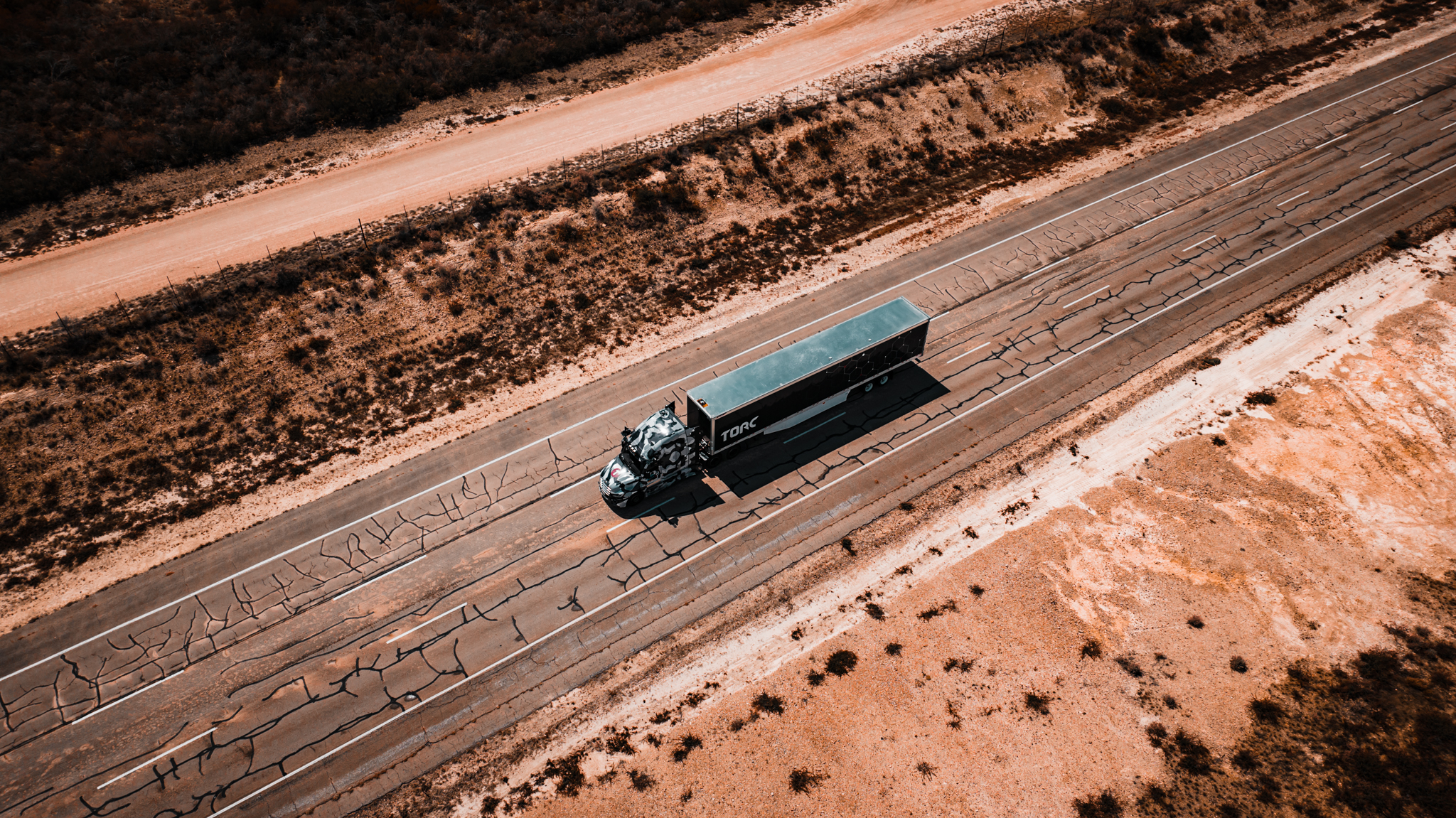As Torc Robotics nears its 20th year of operations in 2025, it has achieved an incredible milestone: a fully self-driving product release validation. More than just a demo, this milestone manifests the hard-won lessons behind Torc’s R&D, advanced engineering, artificial intelligence, machine learning, software best practices, and operational excellence. But if you look past the dramatic images of no human behind the wheel of an 18-wheeler moving at 65mph, it represents a powerful step forward toward an efficient and sustainable freight system that will reshape our supply chain… and you also have a rather standard production stage step.
The autonomous drive without a human driver was a straightforward, product milestone. Additionally important, it marked the critical next step from Torc’s advanced engineering phase to productization on a unified, embedded platform. Not a bolt-on solution, Torc’s integrated Freightliner Cascadia is autonomous-ready, creating more efficient, profitable way to move freight across middle mile routes.
The productization stage of any development process is meant to prove that a product was built correctly, in both reference to customer pain points and needs, and in our case, using automotive and software best practices to create a road-worthy product. Every software you’ve ever used or product you’ve ever bought has likely had some form of product validation stage. In our self-driving truck validation, we need to address the fact that the community needs a safe vehicle for the long-haul journeys wherein a human driver is unavailable. Therefore, our truck must be able to drive on its own. So, our product validation was more than just a demo – it was real time, real speed proof that the software can do what it’s supposed to do, as well as a demonstration of what this technology can do for our customers and our communities.

